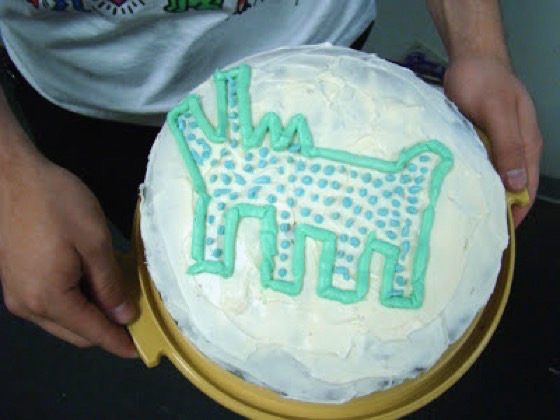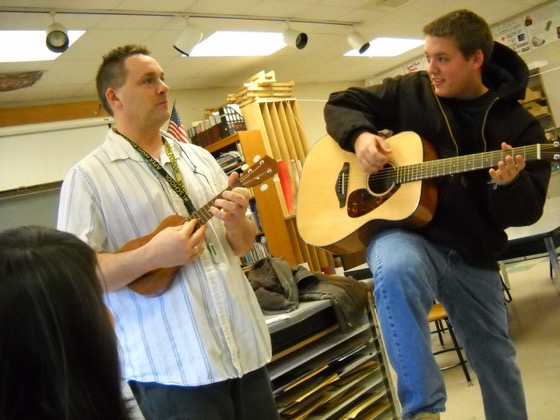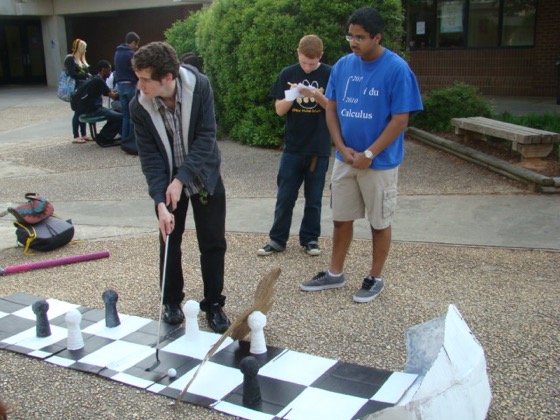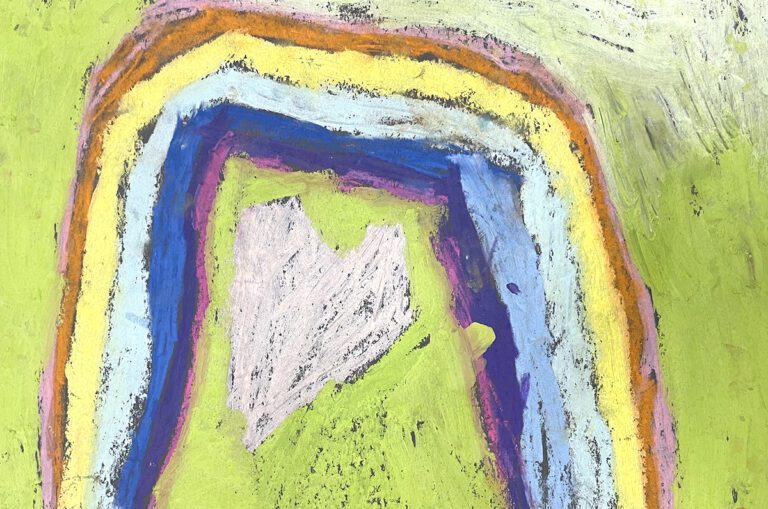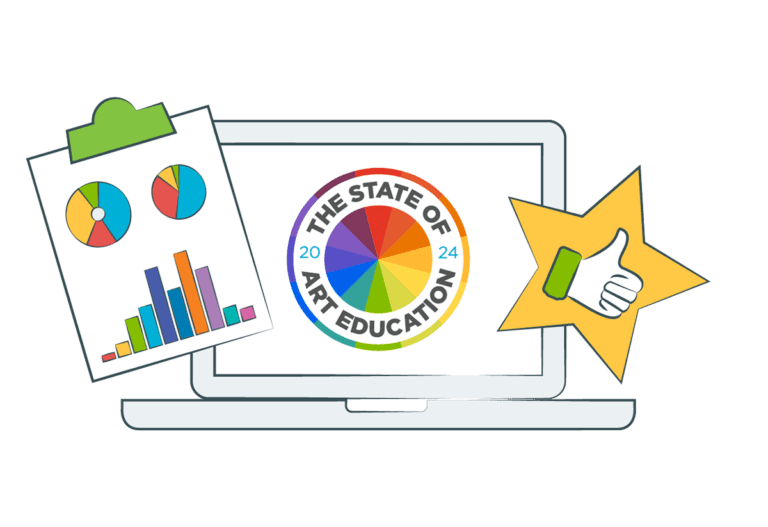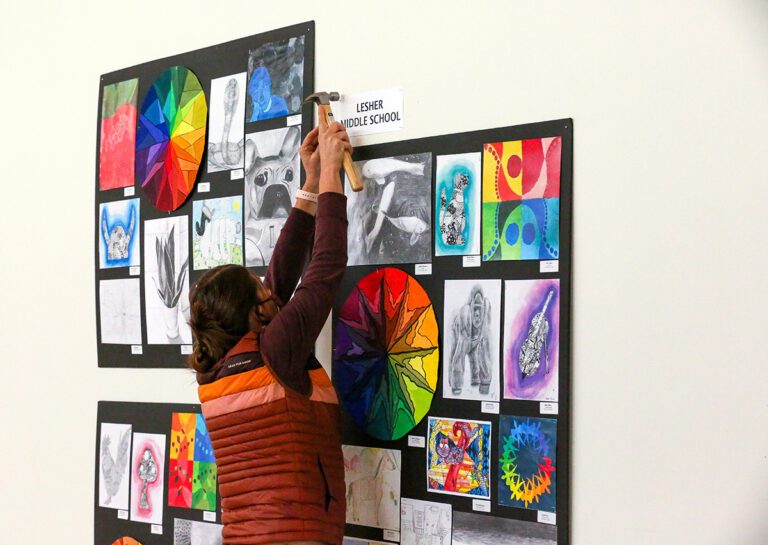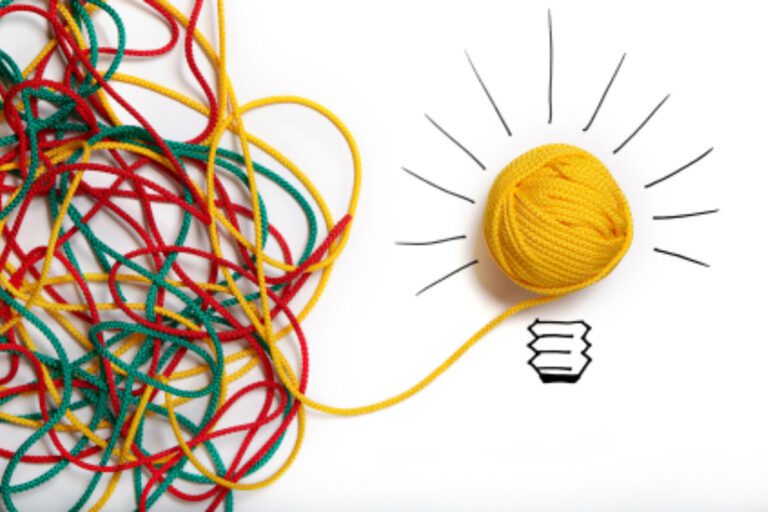In the art room, students tend to work solo. They plan, design and create every part of their projects. In the work world, this isn’t always the case. Whether it’s publishing a book, building a website or producing a new toy for the holiday season, most projects require the input of many people to complete. Learning how to collaborate is a necessary 21st century skill, and many teachers foster the concept through group projects within their classes.
What is less common, but perhaps more aligned with “real life” situations, is working across content areas. Although many teachers would be open to the idea of collaborating with other classes, one of the reasons this occurs less frequently is because teachers aren’t sure where to start.
Today, we will explore innovative ways to collaborate with 5 different content areas.
1. Creative Writing
Many high schools offer Creative Writing classes where students are encouraged to create short stories and poems. These stories, once written and graded are then considered complete. However, an Art class collaborating with a Creative Writing class could add new life to these projects. For starters, art students could illustrate the characters, the settings or scenes from the stories. Another design idea would be to challenge the art students with creating book jackets or movie posters based on the writing. An even more advanced team project could include creating a short animation based on a story.
2. Culinary Arts
The field of culinary arts combines a scientific aspect with a visual aesthetic. The goal is to produce a plate that tastes fantastic while also being visually appealing. This need for the visual opens the doors for a Culinary Arts/Visual Art class collaboration. Students from both classes could benefit from a cake decorating contest. Culinary students could learn about the elements of art while art students could gain new skills handling cake decorating tools. If it’s not possible to share a space, students could still collaborate by designing menus or flyers. There is also an entire art dedicated to designing restaurant chalkboard signs. For the truly adventurous, imagine a ceramics student creating dinnerware specifically designed around a culinary student’s recipe.
3. Music
Visual arts and performing arts go hand in hand. Projects such as designing album covers or posters for your favorite band have found their way into many an art teacher’s lesson plan book. Though these can be successful assignments, to make it a truly collaborative activity, you’ll need to pair up students from each class. Imagine a lesson where art students are asked to craft a functional musical instrument and then are paired with a band student to write and perform an original score. In a similar assignment, an art student could create a patterned work of art on five lines. A music student would then translate the artistic pattern into sheet music and then perform the piece on his or her chosen instrument.
4. Sewing
The skill of sewing is sometimes taught in the art room. If your room is not equipped to teach sewing, then there is an opportunity to collaborate with one of several different vocational classes that does. While visions of art students collaborating with apparel development students to produce a garment for the next top model sounds amazing, it might be wise to start with a simple sewing project. Team students together to design a stuffed animal on paper. After the design is complete, the sewing student could cut and stuff a 3D version, while the art student could designed a package ready for marketing.
5. Physical Education
Sometimes our students get restless, and they need to get up and move around. What better way for our art students to get a little exercise than to create a joint project with the PE program? PE students aren’t only required to play games, they are asked to know the rules. This knowledge includes both the rules for playing the games as well as the regulations for the equipment. Teams of art students and PE students could collaborate to design a game where they create the rules, the regulations and the equipment itself.
These are just a few of the many collaborations that could be formed between your art class and other teachers at your school. Designing group lessons takes time and energy, so it is best to start small. Once you complete one, you’ll find it is an invaluable experience for both you and the students. Not to mention it creates strong bonds with other teachers in your building.
What other classes have your art students teamed up with? What kinds of projects and activities did they complete?
If you could team up with any other class, which would it be and why?
Magazine articles and podcasts are opinions of professional education contributors and do not necessarily represent the position of the Art of Education University (AOEU) or its academic offerings. Contributors use terms in the way they are most often talked about in the scope of their educational experiences.

